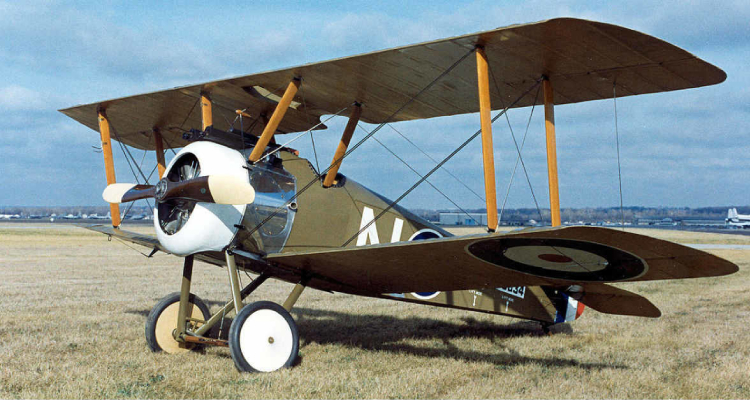
When it comes to the rapid advancement of aircraft design, it's impossible to overlook the profound impact of the World Wars. The urgent demands for air superiority during these global conflicts served as powerful catalysts for innovation, propelling aviation technology into unprecedented dimensions. This article explores the significant ways in which the World Wars influenced the development of aircraft design.
From Biplanes to Jets: The World War I Catalyst
Before World War I, aircraft were generally fragile contraptions that were unreliable and inefficient. However, the onset of the war necessitated the creation of robust, manoeuvrable, and effective warplanes.
Advancements in Aerodynamics
The war spurred developments in aerodynamics, giving rise to streamlined aircraft with improved stability and speed.
Armament Innovations
Early aircraft were not initially designed for combat. World War I changed this by introducing machine guns and, eventually, bomb-dropping capabilities.
World War II: The Quantum Leap in Aircraft Design
While World War I set the stage, it was World War II that revolutionised aircraft design.
Introduction of Jets and Long-Range Bombers
The development of jet engines led to aircraft that could fly faster and higher than ever before. The emergence of long-range bombers transformed strategic warfare.
Mass Production and Standardisation
To meet the demands of the war, aircraft production increased exponentially. This mass production led to standardised designs, enhancing efficiency and reducing costs.
From War to Commercial Flight: The Legacy
The technological advancements made during the World Wars didn’t just benefit military aviation; they profoundly influenced commercial aviation as well.
Safety Measures
Military needs led to the development of radar, navigation systems, and other safety technologies that have become standard in commercial aviation.
Speed and Efficiency
Today's commercial jets are the direct descendants of military aircraft developed during World War II, offering fast and efficient travel for millions.
Frequently Asked Questions
How did World War I initially affect aircraft design?
World War I initiated advancements in aerodynamics and armaments, transitioning aircraft from frail constructions to effective war machines.
What were the key contributions of World War II to aircraft design?
World War II introduced jet technology and long-range bombers, radically transforming the capabilities of aircraft and warfare strategies.
How did the World Wars impact commercial aviation?
The technologies developed for military use, such as radar and navigation systems, have been seamlessly integrated into commercial aviation, enhancing safety and efficiency.
Conclusion
The World Wars acted as crucibles of innovation, accelerating the evolution of aircraft design in ways that would have taken decades under normal circumstances. From aerodynamics and armament to safety features and efficiency, the influence of these conflicts on aviation development is immeasurable.
